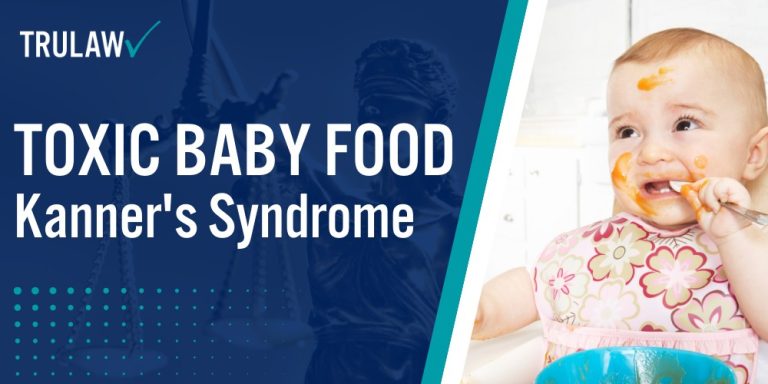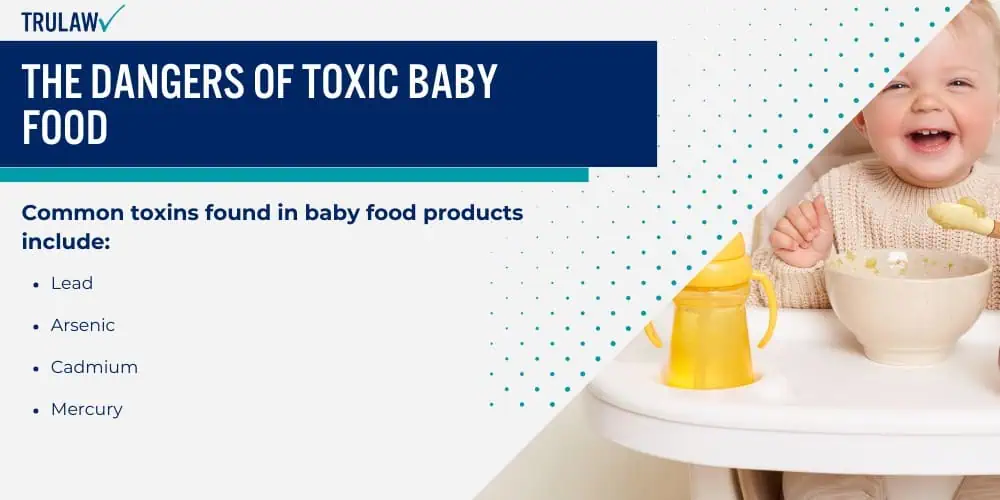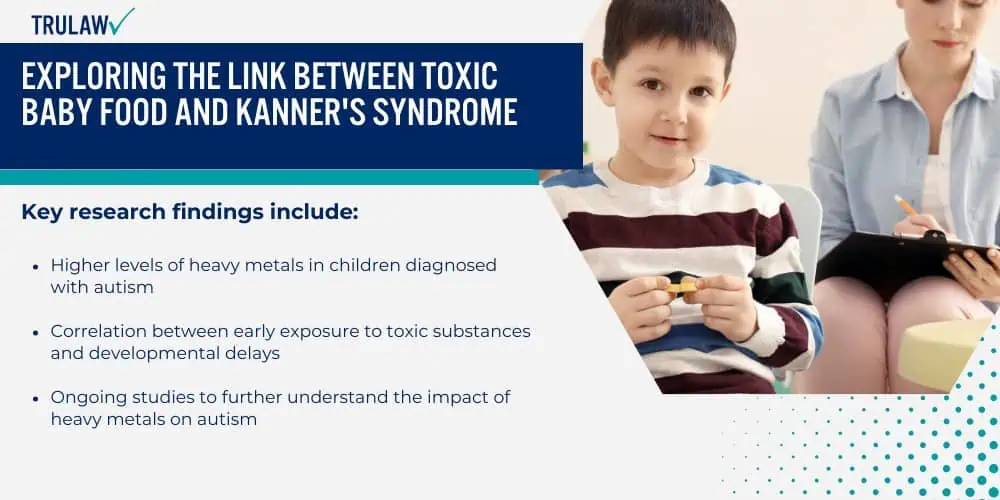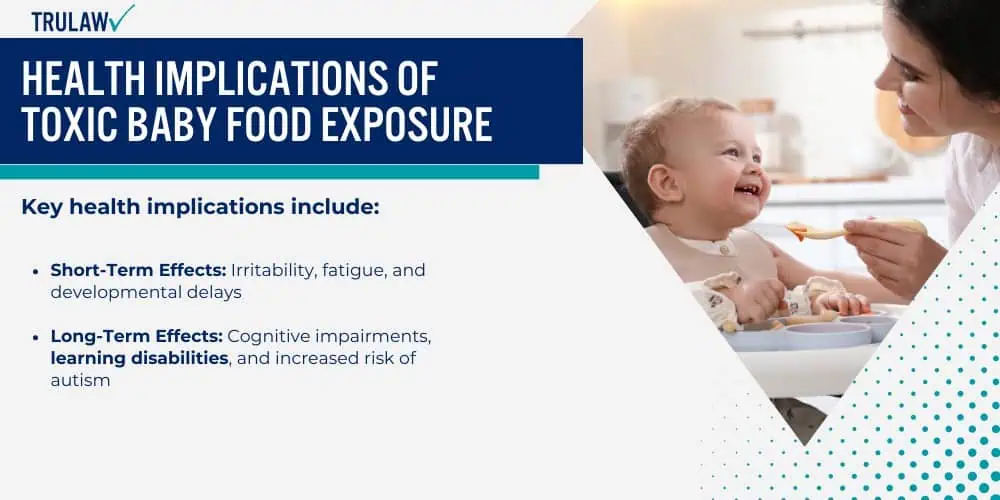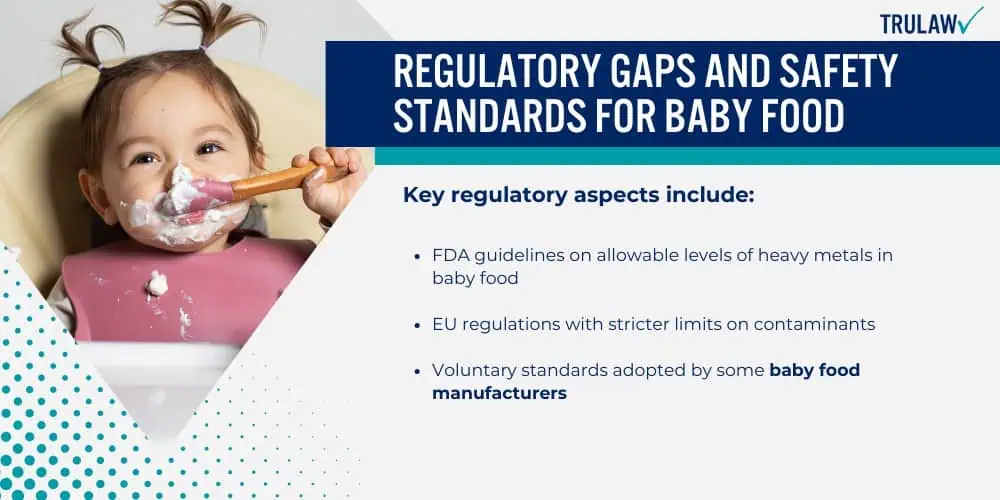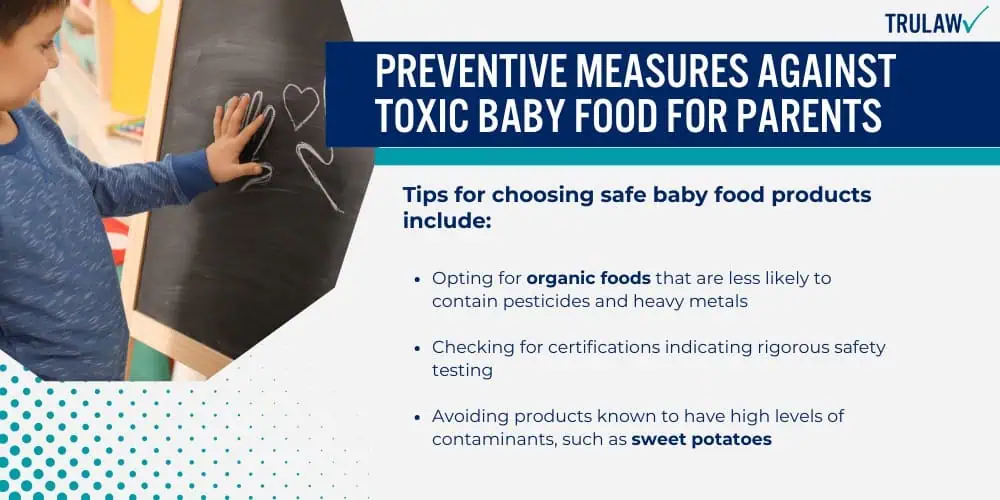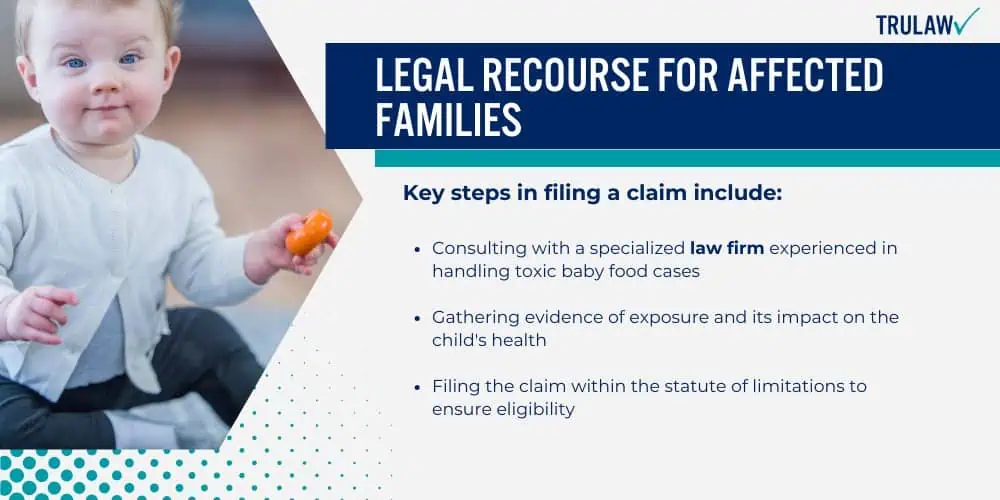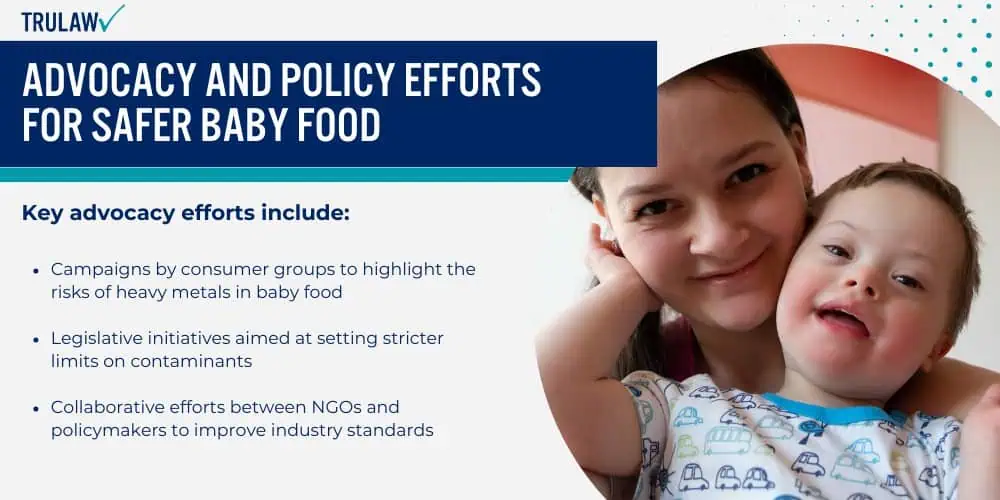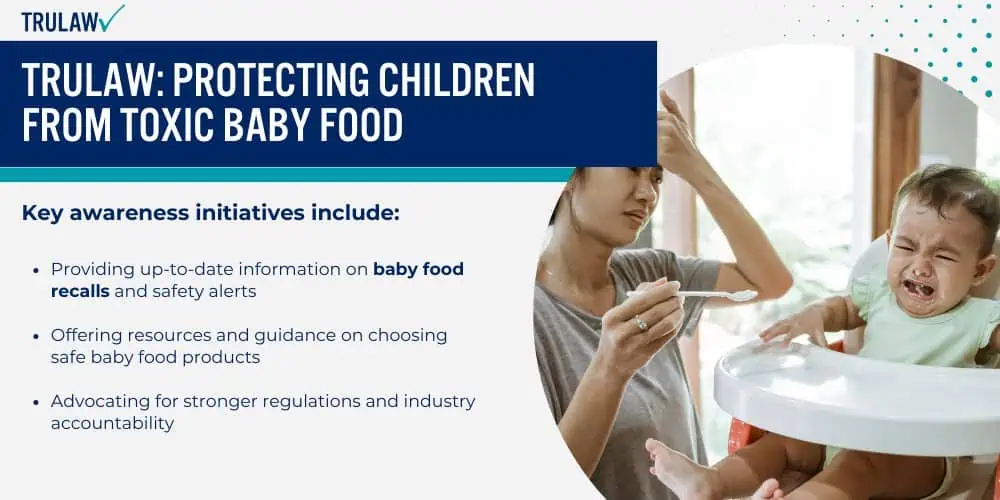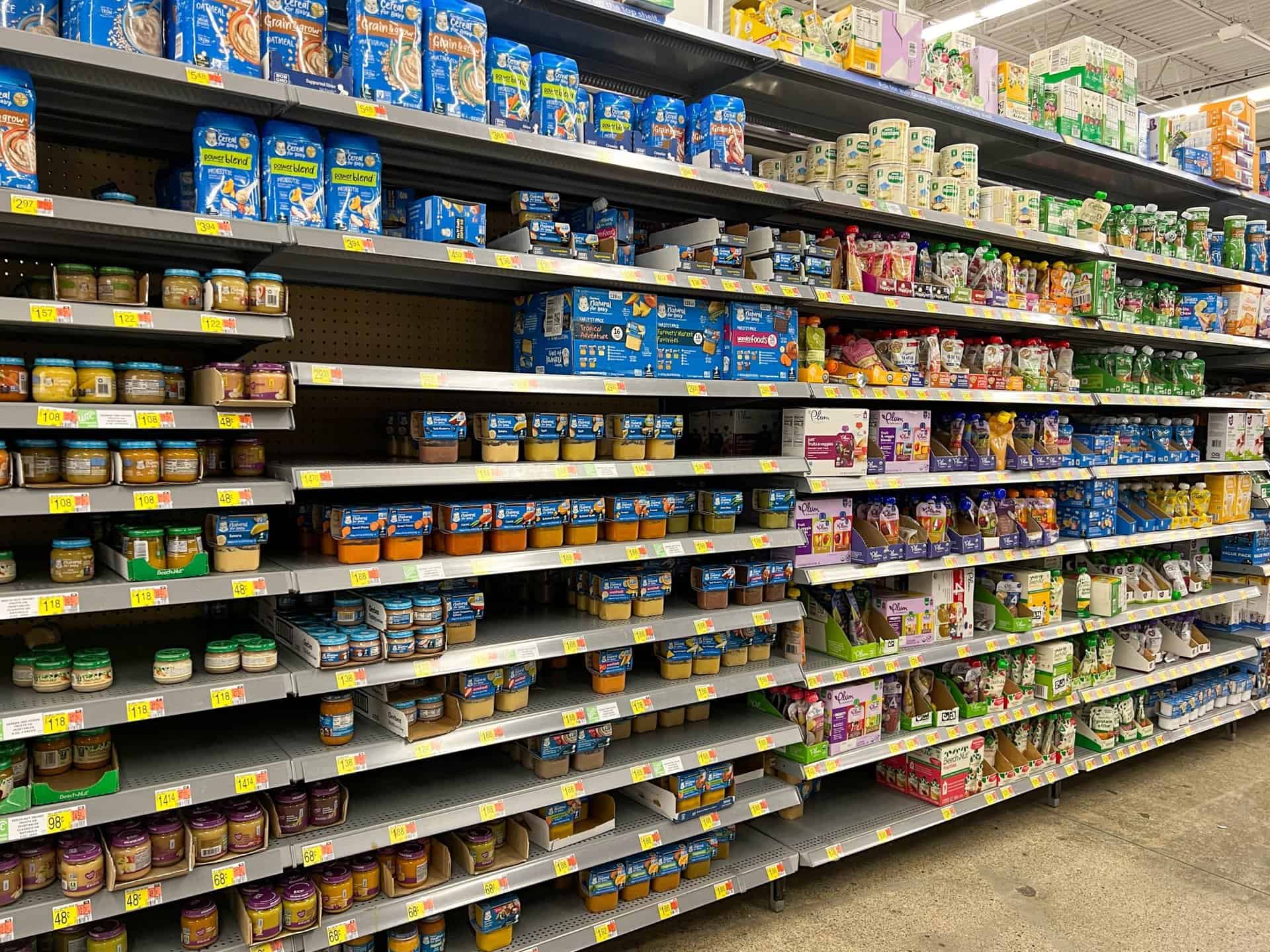Kanner’s Syndrome was first described by Dr. Leo Kanner in 1943.
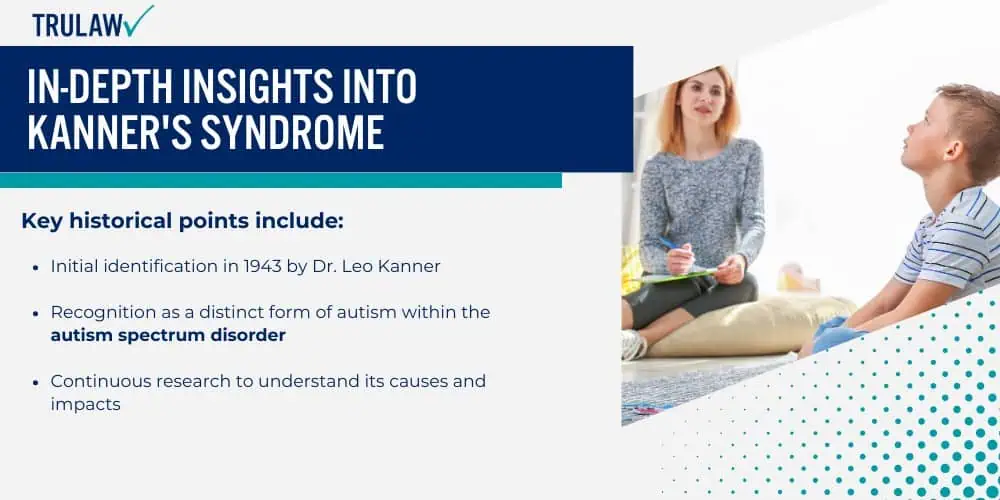
It is considered one of the earliest identified forms of autism.
Understanding its history and symptoms is key to recognizing its impact on children’s development.
What is Toxic Baby Food and Kanner’s Syndrome?
Understanding the potential link between toxic baby food and Kanner’s Syndrome is crucial for protecting children’s health.
Kanner’s Syndrome, a form of autism spectrum disorder, is characterized by difficulties in communication and social interaction.
The presence of toxic heavy metals in baby food products has raised concerns about its potential role in exacerbating such conditions.
History and Definition of Kanner’s Syndrome
Dr. Leo Kanner identified this developmental disorder based on his observations of children with distinct behavioral patterns.
These children exhibited significant challenges in social interaction, communication, and repetitive behaviors.
Key historical points include:
- Initial identification in 1943 by Dr. Leo Kanner
- Recognition as a distinct form of autism within the autism spectrum disorder
- Continuous research to understand its causes and impacts
Understanding this history helps frame current concerns about environmental factors like toxic baby food.
Symptoms and Diagnosis of Kanner’s Syndrome
Diagnosing Kanner’s Syndrome involves identifying specific behavioral and developmental markers.
Early diagnosis can lead to more effective intervention and support for affected children.
Common symptoms include:
- Delayed speech development
- Limited social interaction skills
- Repetitive and restrictive behaviors
Accurate diagnosis is essential for providing appropriate support and interventions to improve the quality of life for children with Kanner’s Syndrome.
